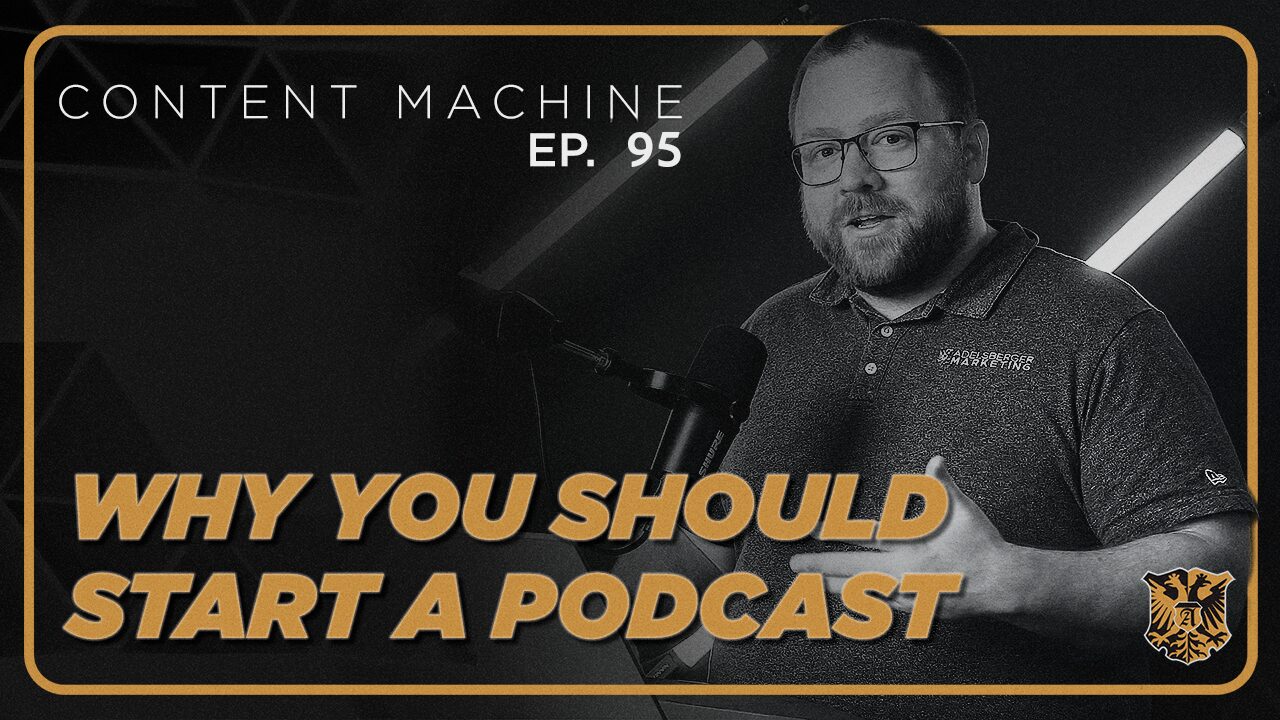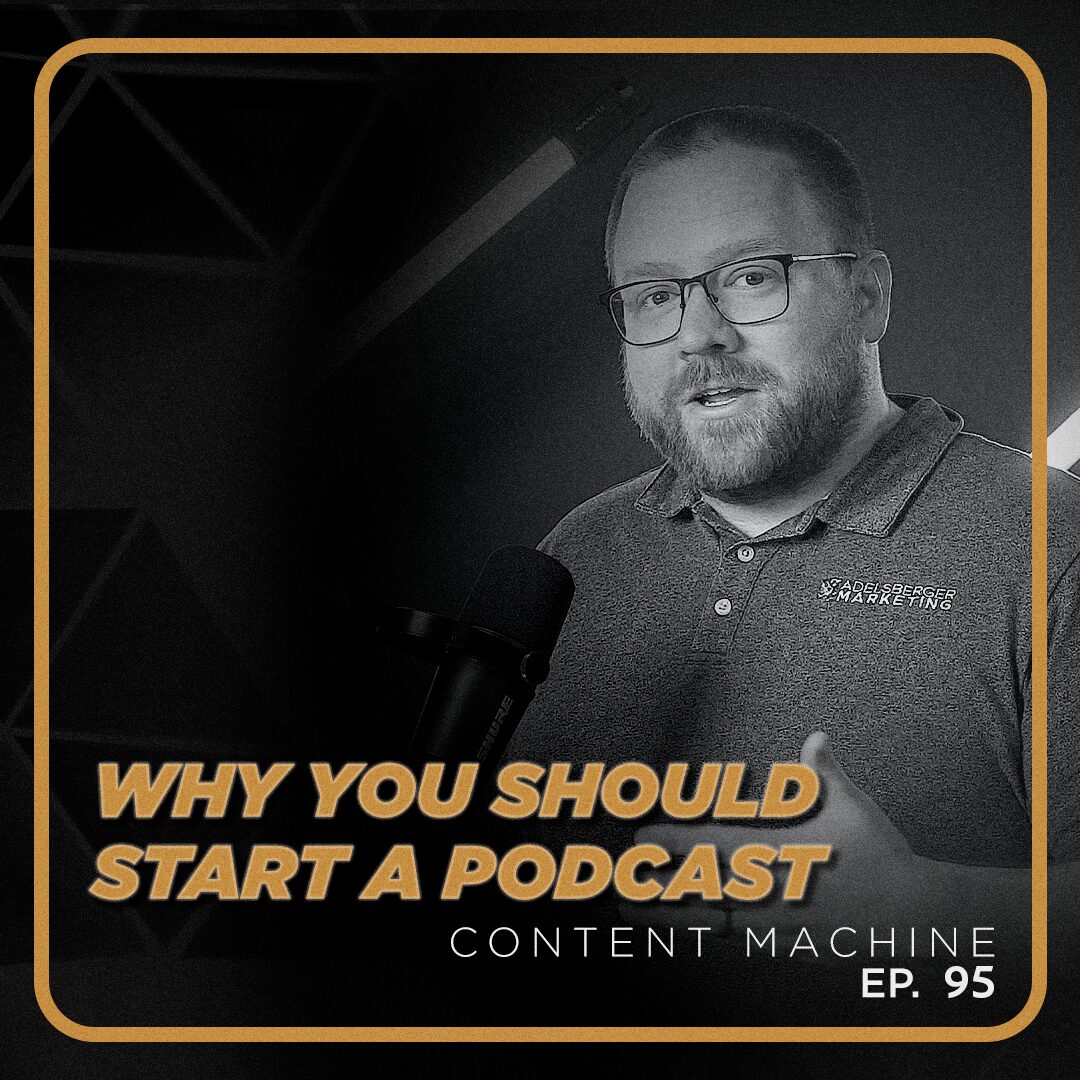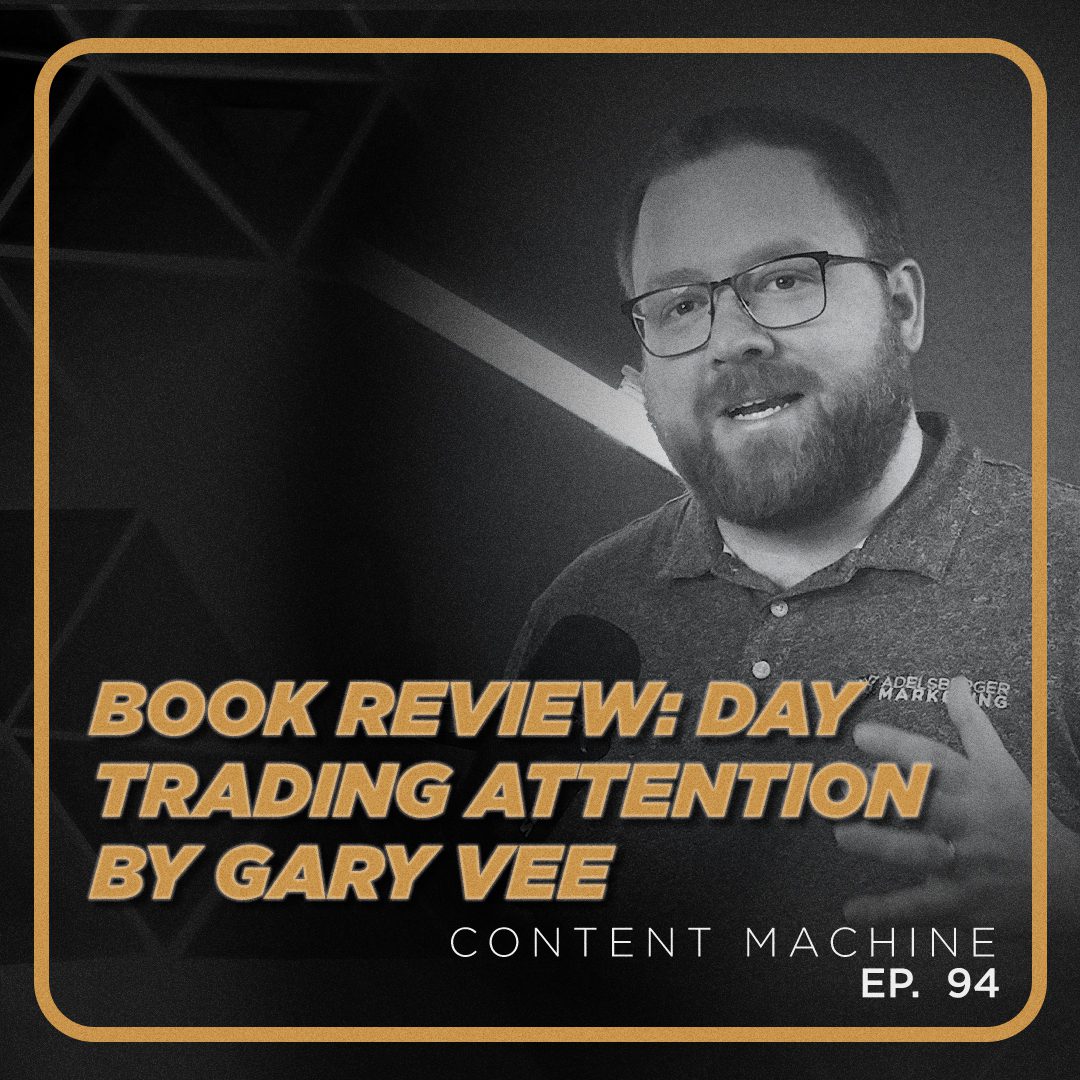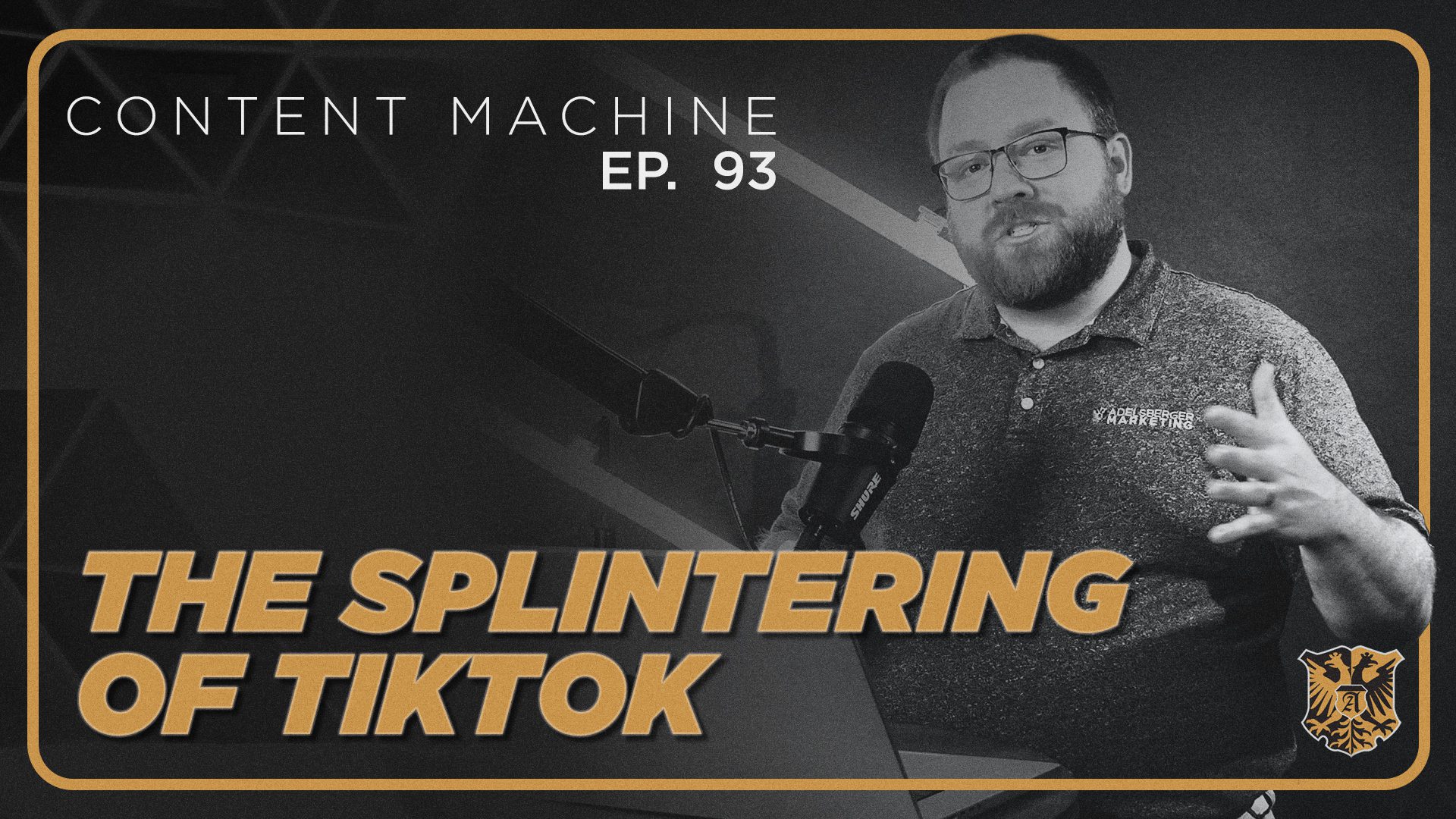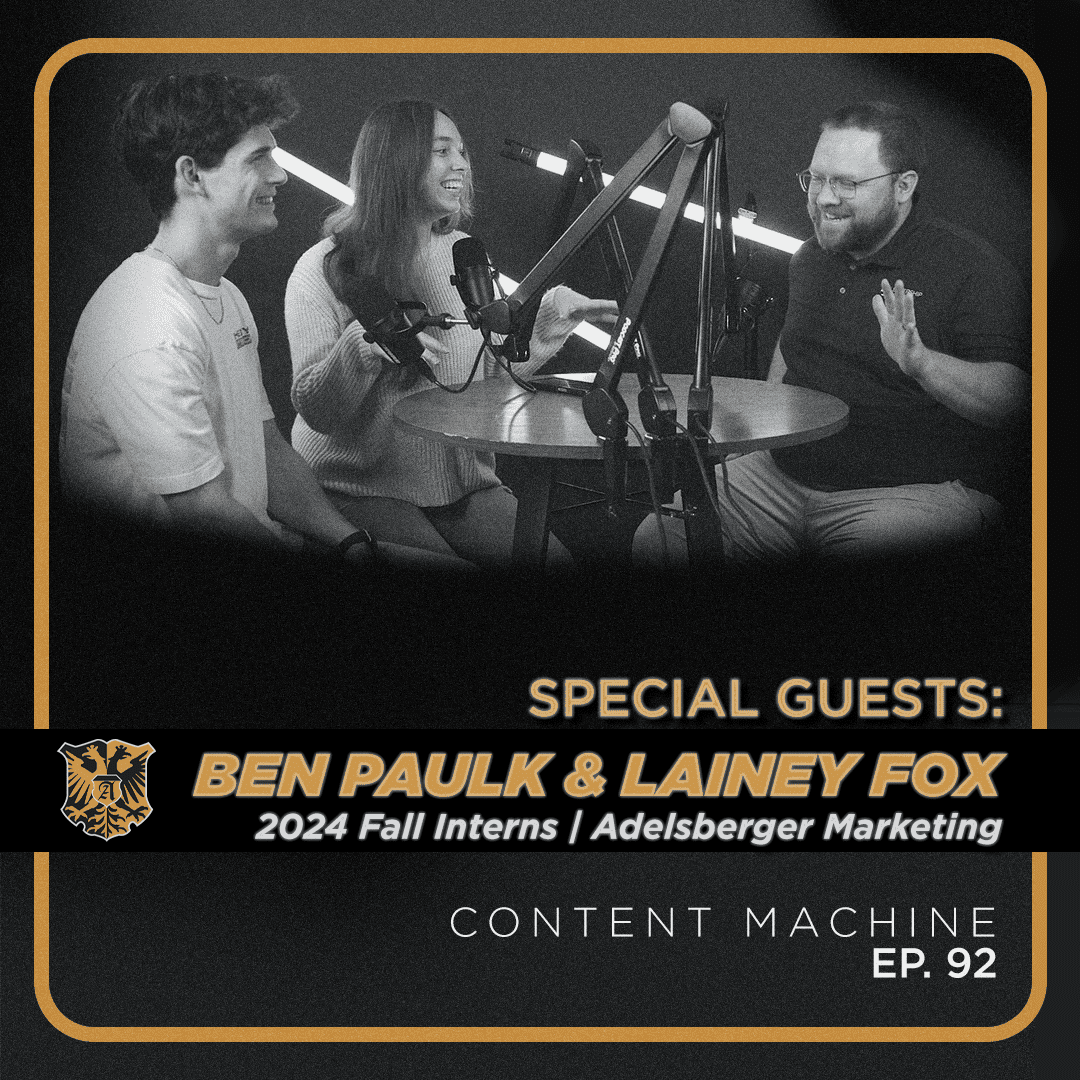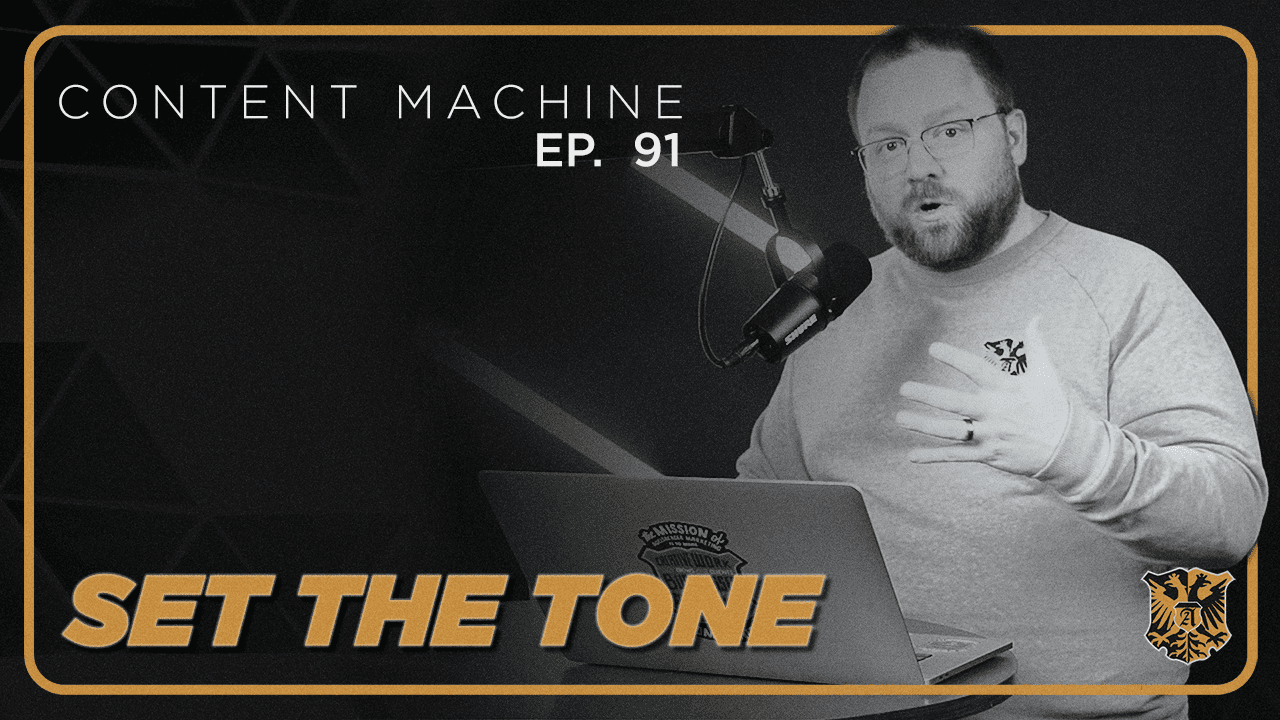Here are three big reasons that you should start a podcast for your business: number one, writing is the path to better thinking. Writing is a way to organize the thoughts within your brain and put them together in a way that others can understand. When you involve writing in your podcast, it allows you to work through concepts and put towards things that will allow you to be able to communicate with your team. Now, if you’re not doing a podcast that involves writing like this one, you’re interviewing guests more than likely, and the cross-germination of ideas can be very helpful moving forward. Either way, it’s a great reason to invest in a podcast. Number two, efficient content creation. Content creation can be challenging, and if you’re a subject matter expert, taking the time to devote to writing content can sometimes seem like a waste of time. With podcasts, you may write it once or interview someone once, but then it creates a myriad of possibilities of the way you can maximize the value of that content. So if you’re starting with a written copy, you have a draft of a blog that can be modified to make a really good article on your website that helps SEO.
You can use the audio as a podcast that can be downloaded and listened to either by listeners in the audience or people in your own company if you’re trying to do some internal culture building. If you create a video with the podcast, like we’re doing right now, you can also use that to make YouTube content or cut that up for social media to use to help promote your business. One piece of content can turn into many pieces of content pretty easily, and you can do that in-house or you can work with an outside firm. Number three, building relationships, brand, and community. In our content-driven world, having a group of people that are always ready to hear your latest take on things or your latest episode will prove to be a valuable commodity. Someone may scoff at 30 downloads to a podcast, but if you were to present to a room of 30 people every week, that calculus changes a little bit. If you are making content that is valuable to your target audience, and your target audience is that perfect population that subscribes to your podcast or listens to your content, it is doing far more work than thousands of downloads from people who won’t be customers.
Podcasts also carry with it an expectation of being consumed by those who open them, as compared to newsletters or social video. It is the gold standard, in my opinion, for audience retention. In addition to hearing brand messaging, you’re also going to be helping position yourself as an expert. People who listen to these shows will be more inclined to view you as an expert, and that can build lots of benefits within your industry. Finally, the networking that comes from podcasting can have a great effect on your social media reach and your business outcomes. Through interview shows or through people finding your content valuable, you will be assisting in developing a network for your business that will lead to better outcomes for yourself. We like podcasts so much that we’ve launched two out of Adelsberger Marketing. One, of course, is this one that we’re on right now, and the other is our show, 40 x 45, which is not directly related to our business, but should benefit it in the long run. 40 x 45 is the West Tennessee business podcast, and it connects us with entrepreneurs across the area, which is a great connection for us to have.
Two bonus thoughts for podcasts. One is accessibility. When you create a text file from a podcast, that’s readable by a screen reader in a way that someone who may be visually impaired may not be able to see on a video. The second one is using a podcast for internal education, training, and branding. If your business is large enough, consider using an internal company podcast to create opportunities for education and cultural building. The podcast medium is built for just this thing. If you’re interested in starting a podcast for your business, please reach out to me @kevinadelsbergermarketing.com, so we can get that conversation started today. Thank you for listening to the Content Machine podcast, and we’ll see you on the next one.

